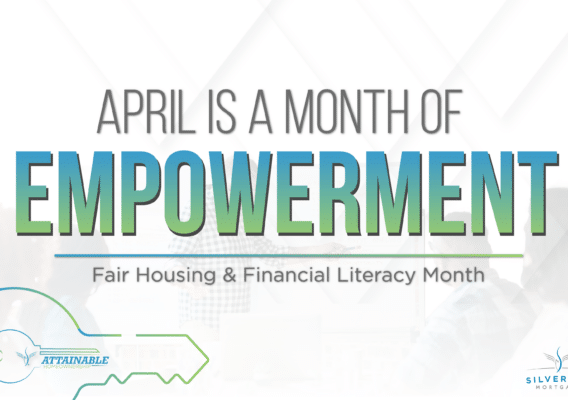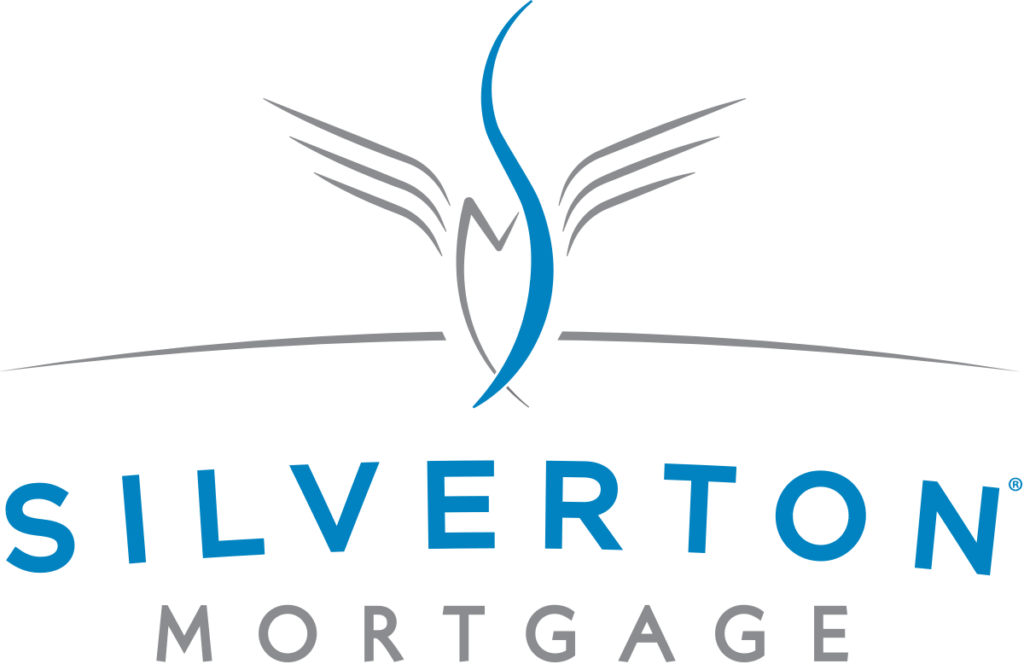Buying a second home can be an exciting prospect. Whether you desire to make a sound real estate investment buy generating rental income or it’s finally time for that dream vacation home to escape the hustle and bustle of everyday life, getting a mortgage for a second property is a big decision. Many don’t realize that the mortgage process for a second property is very different than what you may have experienced when securing your primary home loan. In this blog post, we’ll discuss what you need to consider before taking the leap, as well as how your second home’s intended use may impact your loan requirements.
The first thing you’re going to want to determine is if you can, in fact, afford to buy a second home. This is especially true if you have not yet paid off the mortgage for your primary residence because you’ll have to prove to your loan provider that you can afford both mortgages and still have money left over each month. You’ll want to start by considering all your finances and determining how much you’ll have to spend on the mortgage for a second property without neglecting your other responsibilities. The general rule of thumb is that your debt (mortgages for second properties included) should be no more than 36% of your monthly income before taxes. If you’ve made these considerations and still feel confident in your decision, it may be beneficial to contact a real estate agent who can help you find the perfect property.
Obtaining a mortgage for a second property differs drastically compared to obtaining a mortgage for your primary residence. Perhaps the biggest difference is the larger down payment requirements. As Silverton Mortgage Senior Branch Manager, Lori Beardslee, explained recently to a well-known mortgage publication, “You’re going to need at least a substantial down payment,” as opposed to many programs that offer as little as 0% down for mortgages for a primary residence. The amount of cash reserves needed is also higher says Beardslee. “It’s typically six months in reserves, but it may vary depending on your credit score. However, 401(k) and IRA accounts can count towards these reserve requirements.” The most important thing to know as you navigate a second home purchase is that rental homes and vacation properties are financed differently.
Vacation Property
As a homeowner, you’re familiar with the traditional mortgage process. A lender has assessed your risk and you’ve proven that you can make your monthly payments. With a rental property, however, guidelines become much more stringent. That’s because lenders tend to believe that if you fall on hard times, you’ll be more prone to walk away from your vacation home or investment property than your primary home in which you reside.
Purchasing a vacation home is perfect for those who can afford to pay two loans simultaneously and do not need to generate income from their second property. Vacation homes typically require a larger down payment than primary residences.
Keep in mind that when you finance a vacation home, you must declare in a sworn affidavit how you intend to use the property. If you plan to collect rent on the home, a lender may recategorize the purchase as an investment, which has different requirements. Also, if the occupancy type changes from the terms of the original mortgage, you’ll be expected to notify your lender as the home may need to be refinanced to match its new purpose. Many of these guidelines are related to IRS regulations about the reporting of rental income. It is important to remember that you must be truthful with your lender about how you intend to use the home. Even honest mistakes or small stretches of the truth may have legal consequences that are not worth any perceived financial advantage.
Investment Property
For those who are looking to increase their property holdings and make a profit from collecting rent, an investment property may make the most sense. Investment properties have even tighter lending restrictions than second homes, including a larger down payment. The reason for this is because Private Mortgage Insurance (PMI), which you’re required to have when you put down less than 20%, doesn’t cover investment properties. While PMI acts as a type of insurance policy for the lender, you’ll have to provide that safety net yourself on an investment property. Another difference may be a higher interest rate.
In a perfect world, you would have tenants who are able to cover the additional costs of an investment property, but a lender needs assurances that you can still make your mortgage payments even when the property is vacant. That’s where proving that you have the means to pay a second loan each month is important.
Financing Your Second Home
Once you’ve made the decision to move forward, you must answer the question of how you intend to finance your second home. Your best bet is to speak with a licensed loan originator who can look at your finances and discuss your intentions. Owning an investment property or vacation home isn’t for everyone. If you’re aware of the guidelines and restrictions that come along with such a responsibility and feel prepared to take on the burden of a second home loan, contact a Silverton Mortgage loan originator to discuss your options. Speaking with a professional who has experience in mortgages for vacation or investment properties will help give you the peace of mind to move forward with making your dream a reality.
You Might Also Like

Navigating the Mortgage Maze: The Mortgage Process Simplified

April: The Month of Empowerment

